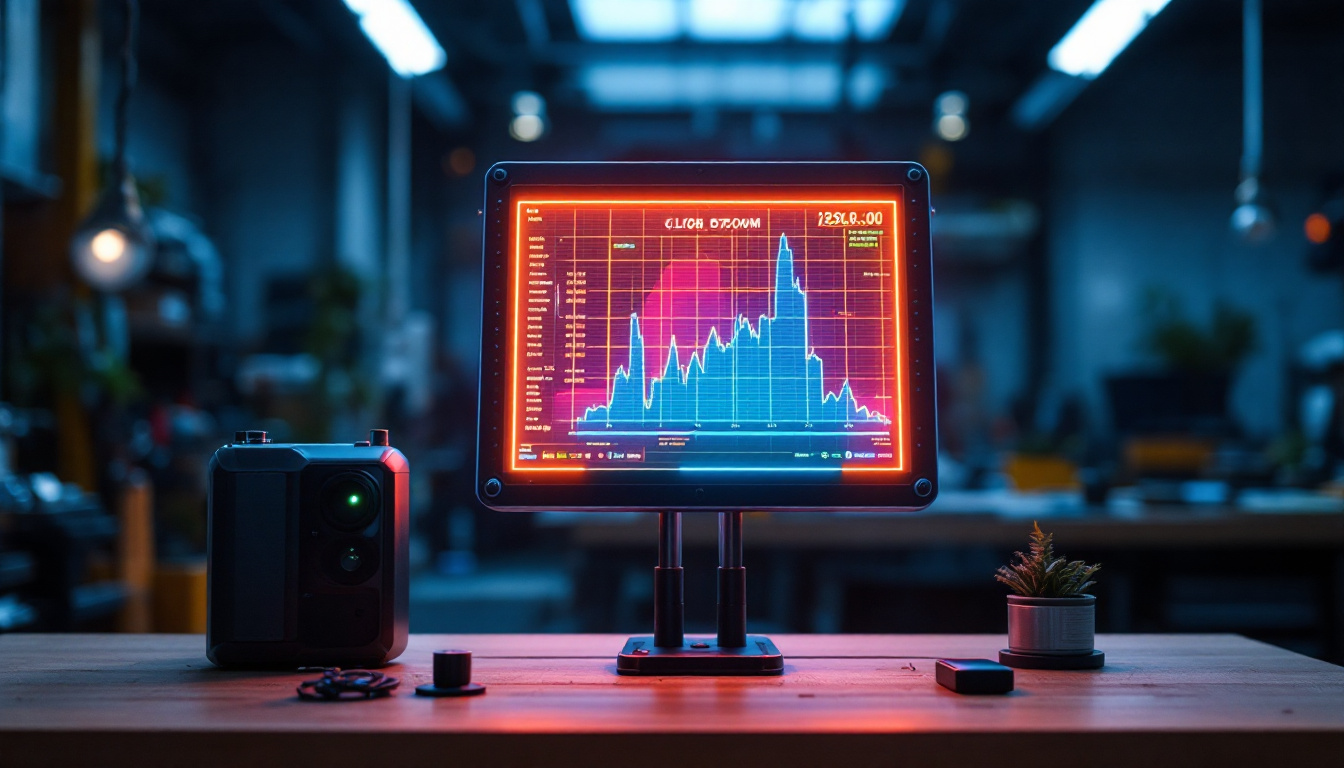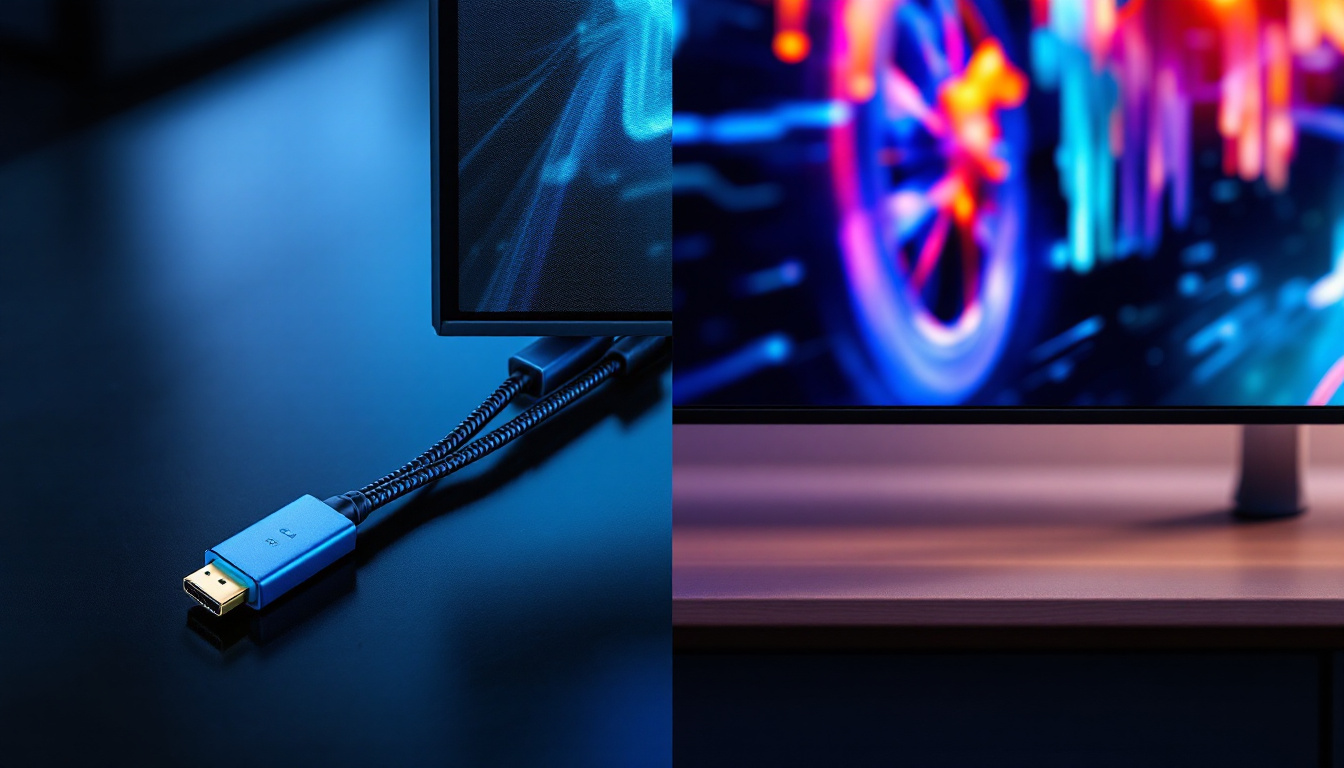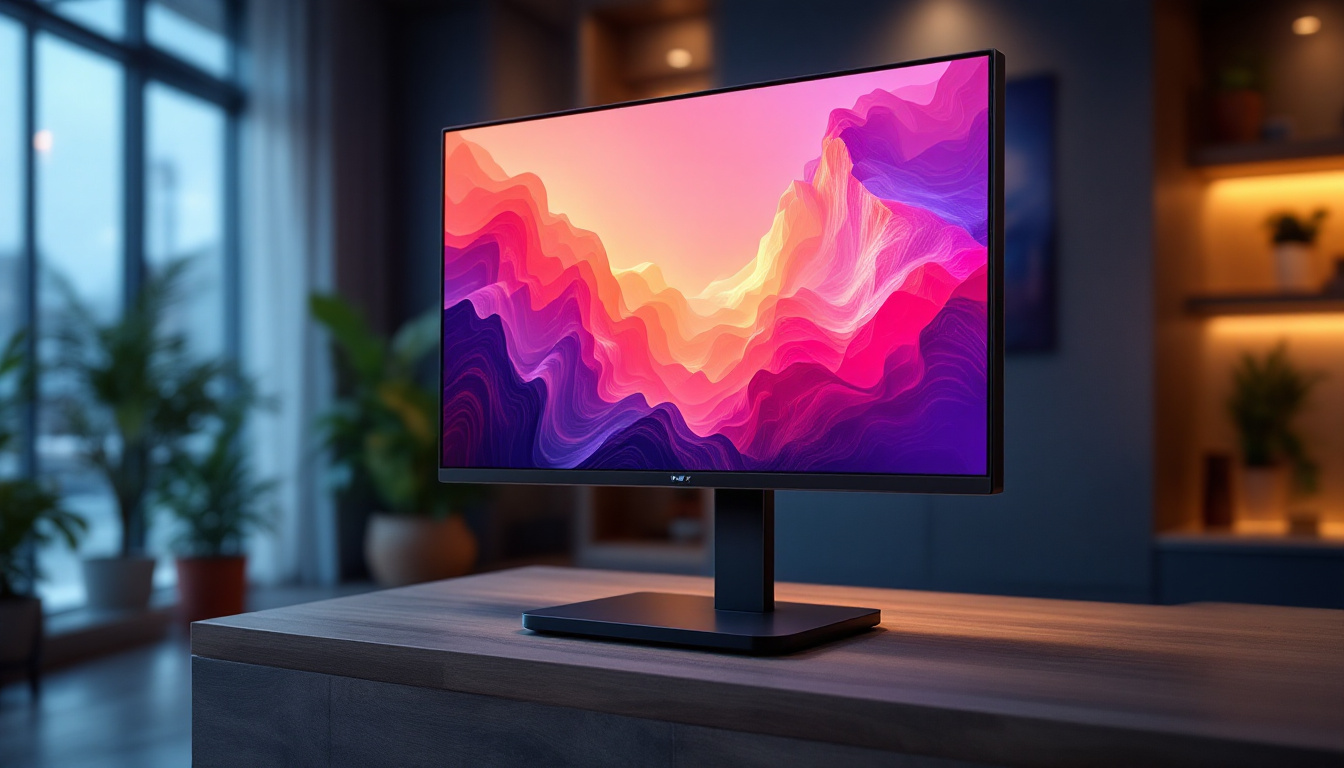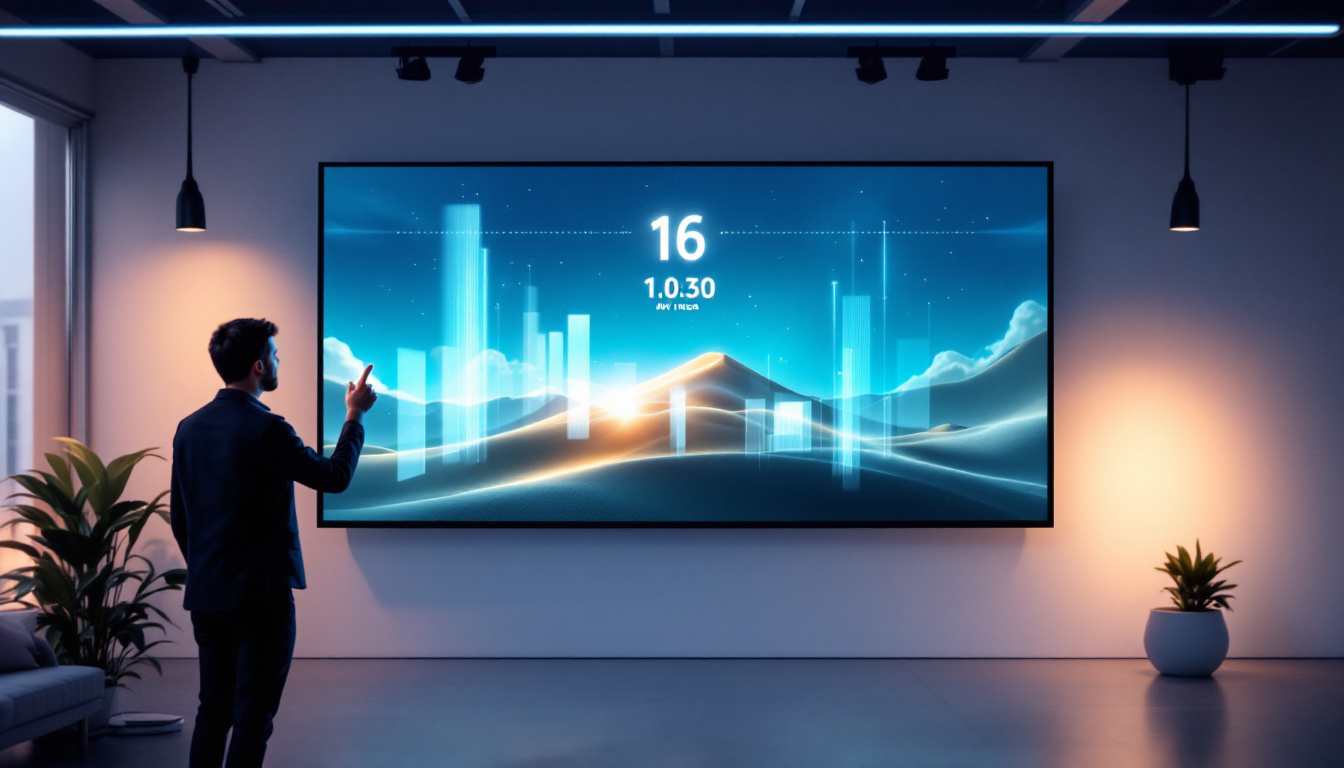In the realm of electronic devices, calculators have evolved significantly over the years. Among the various types of displays used in calculators, LCD (Liquid Crystal Display) technology stands out due to its efficiency and clarity. This article delves into the workings of LCD calculators, focusing particularly on the LED (Light Emitting Diode) display aspect, and how it enhances user experience.
Understanding LCD Technology
Liquid Crystal Display (LCD) technology is a flat-panel display technology that has become ubiquitous in various electronic devices, including calculators. Unlike traditional displays that rely on cathode ray tubes (CRT), LCDs use liquid crystals to modulate light. This results in a thinner, lighter, and more energy-efficient display.
How LCD Works
The core of an LCD is its liquid crystal solution, sandwiched between two layers of glass. When an electric current passes through the liquid crystals, they align in such a way that they either block or allow light to pass through. This manipulation of light creates the images and numbers seen on the screen.
In calculators, the LCD is often backlit to improve visibility, especially in low-light conditions. This backlighting is typically achieved using LEDs, which are energy-efficient and provide a bright, clear display. The combination of liquid crystals and LED backlighting not only enhances the visual experience but also contributes to the overall durability of the device, as these components are less prone to damage compared to older technologies.
Advantages of LCD Displays
LCD displays offer several advantages over traditional display technologies. Firstly, they consume significantly less power, which is particularly beneficial for battery-operated devices like calculators. This efficiency extends battery life, allowing users to rely on their calculators for extended periods without frequent recharging or battery replacement.
Moreover, LCDs provide a sharper and more vibrant display. The clarity of the numbers and symbols enhances readability, making it easier for users to perform calculations accurately. Additionally, the slim profile of LCD technology allows for more compact designs, making calculators more portable. The versatility of LCD technology also means that it can be adapted for various applications beyond calculators, including smartphones, televisions, and computer monitors, showcasing its widespread impact on modern technology.
Another noteworthy aspect of LCD technology is its ability to produce a wide range of colors, which has led to its adoption in multimedia devices. While traditional monochrome displays were limited in their capabilities, color LCDs can display intricate graphics and animations, enriching the user experience. This advancement has opened the door for interactive features in calculators, such as graphical representations of data and enhanced user interfaces that make complex calculations more intuitive and engaging.
The Role of LED in LCD Calculators
While LCD technology is pivotal for displaying information, the integration of LED backlighting elevates the functionality of calculators. Understanding the role of LEDs in this context is essential for appreciating the full capabilities of modern calculators.
Illumination and Visibility
LEDs serve as the primary source of illumination for LCDs in calculators. When the ambient light is low, the backlighting provided by LEDs ensures that the display remains visible. This is particularly useful for students and professionals who may need to use calculators in dimly lit environments.
Furthermore, the brightness of LED backlighting can often be adjusted in many modern calculators. This feature allows users to customize the display according to their preferences and the surrounding light conditions, enhancing usability. In addition to brightness adjustment, some advanced calculators even offer color options for the backlighting, allowing users to select hues that are easier on the eyes or that help reduce glare. This level of customization not only improves the user experience but also caters to individuals with specific visual needs, ensuring that everyone can effectively utilize the device regardless of their environment.
Energy Efficiency of LED Backlighting
One of the standout features of LED technology is its energy efficiency. Unlike traditional incandescent bulbs, LEDs consume significantly less power while providing a comparable level of brightness. This efficiency is crucial for calculators, as it extends battery life and reduces the frequency of battery replacements.
As a result, users can rely on their calculators for longer periods, making them more practical for everyday use. This energy-saving aspect aligns with the growing emphasis on sustainability and eco-friendliness in technology. Moreover, the longevity of LED lights means that they not only save energy but also contribute to less electronic waste, as users are less likely to dispose of their calculators due to burnt-out bulbs. The combination of energy efficiency and durability makes LED backlighting a smart choice for manufacturers aiming to produce calculators that meet the demands of modern consumers while remaining environmentally responsible.
Types of LCD Calculators
Calculators come in various types, each designed to cater to specific needs. Understanding the different types of LCD calculators can help users choose the right one for their purposes.
Basic Calculators
Basic calculators are designed for simple arithmetic operations such as addition, subtraction, multiplication, and division. They typically feature a straightforward LCD display with clear, large numbers. These calculators are ideal for students or anyone needing quick calculations without complex functions. Their simplicity makes them user-friendly, often featuring a limited number of buttons that prevent confusion. Basic calculators are perfect for everyday tasks, such as budgeting, shopping, or homework, where advanced functions are unnecessary.
Moreover, many basic calculators are compact and portable, making them easy to carry in a backpack or purse. They often come with battery-saving features, such as automatic shut-off, which prolongs their lifespan. Some models even include memory functions, allowing users to store and recall previous calculations, adding a layer of convenience for repetitive tasks. This blend of simplicity and functionality makes basic calculators a staple in educational environments and households alike.
Scientific Calculators
Scientific calculators are more advanced and include functions for trigonometry, logarithms, and exponents. These calculators often have multi-line LCD displays that can show multiple calculations simultaneously, making them suitable for higher-level mathematics and science courses. In addition to standard functions, scientific calculators often include features like statistical calculations, permutations, and combinations, which are invaluable for students studying statistics or probability.
Many scientific calculators also support complex number calculations, which are essential for fields such as engineering and physics. Some models even offer programmable features, allowing users to create custom functions or sequences of calculations, enhancing their versatility. The ability to perform calculations in different number bases, such as binary or hexadecimal, further expands their utility for computer science students. With their comprehensive range of functions, scientific calculators serve as indispensable tools for anyone pursuing a STEM education.
Graphing Calculators
Graphing calculators take functionality a step further by allowing users to plot graphs and visualize mathematical functions. They feature larger LCD screens with high resolution, enabling detailed graphical representations. These calculators are essential tools for students in advanced mathematics and engineering fields. With the ability to plot multiple equations simultaneously, graphing calculators help users understand the relationships between different mathematical functions and their graphical interpretations.
In addition to graphing capabilities, many modern graphing calculators come equipped with features that allow for data analysis, such as regression analysis and statistical plotting. Some models even support programming languages, enabling users to write custom scripts and automate complex calculations. This level of functionality makes graphing calculators not only powerful educational tools but also valuable resources in professional settings, where data visualization and analysis are crucial. As technology continues to evolve, graphing calculators are becoming increasingly sophisticated, often incorporating features like touch screens and connectivity options for sharing data with computers or other devices.
Choosing the Right LCD Calculator
Selecting the right LCD calculator involves considering various factors, including functionality, display quality, and user preferences. Here are some key points to keep in mind when making a choice.
Functionality and Features
Assessing the required functionality is crucial. For basic arithmetic, a simple calculator suffices, while advanced users may need scientific or graphing calculators with extensive features. Understanding the specific needs will guide the selection process effectively.
Display Quality
The quality of the LCD display is another important consideration. Look for calculators with high-resolution screens that offer clear visibility. Features like adjustable backlighting can enhance usability, especially in varying light conditions.
Portability and Design
Portability is often a significant factor, especially for students and professionals on the go. A lightweight, compact design can make a calculator easier to carry. Additionally, consider the layout of buttons and overall ergonomics, as these can affect ease of use during calculations.
Maintenance and Care for LCD Calculators
Proper maintenance and care can extend the lifespan of an LCD calculator. Here are some best practices to ensure longevity and optimal performance.
Cleaning the Display
Keeping the LCD display clean is essential for maintaining clarity. Use a soft, lint-free cloth to gently wipe the screen, avoiding harsh chemicals that could damage the display. Regular cleaning can prevent smudges and improve visibility.
Battery Management
For battery-operated calculators, managing battery life is crucial. Turn off the calculator when not in use to conserve energy. Additionally, consider using rechargeable batteries to reduce waste and ensure a consistent power supply.
Storage and Handling
When not in use, store the calculator in a protective case to prevent physical damage. Avoid exposing it to extreme temperatures or humidity, as these conditions can affect the LCD and internal components. Proper handling can significantly enhance the durability of the device.
The Future of LCD Calculators
As technology continues to advance, the future of LCD calculators appears promising. Innovations in display technology and features are likely to enhance user experience further.
Integration with Smart Technology
One potential direction for the future is the integration of calculators with smart technology. This could involve connectivity options that allow calculators to sync with smartphones or computers, enabling data sharing and enhanced functionality.
Advanced Display Technologies
Emerging display technologies, such as OLED (Organic Light Emitting Diode), may also influence the future of calculators. OLED displays offer superior color contrast and viewing angles compared to traditional LCDs, potentially leading to even clearer and more vibrant displays.
Environmental Considerations
With growing awareness of environmental issues, future calculators may emphasize sustainability. Manufacturers may focus on using recyclable materials and energy-efficient components, aligning with global efforts to reduce electronic waste.
Conclusion
In conclusion, LCD calculators equipped with LED displays represent a significant advancement in the world of electronic devices. Their efficiency, clarity, and user-friendly features make them indispensable tools for students, professionals, and anyone in need of quick calculations. Understanding the technology behind these devices, along with their various types and features, can help users make informed choices. As technology continues to evolve, the future of LCD calculators promises exciting developments that will enhance their functionality and sustainability.
Discover LumenMatrix LED Display Solutions
Ready to experience the pinnacle of LED display technology? LumenMatrix is at the forefront of innovation, offering a wide array of LED display solutions that bring your visual communications to life. Whether you’re looking for an Indoor LED Wall Display, a dynamic Outdoor LED Wall Display, or specialized options like Vehicle LED Displays and LED Sports Displays, LumenMatrix has the cutting-edge technology to elevate your brand’s presence. Embrace the future of visual engagement with our LED Poster Displays, Floor LED Displays, and Custom LED solutions. Don’t miss out on the opportunity to transform your space with our All-in-One LED Display or captivate passersby with our LED Transparent Display. Check out LumenMatrix LED Display Solutions and join the revolution in digital signage, where clarity and impact go hand in hand.































